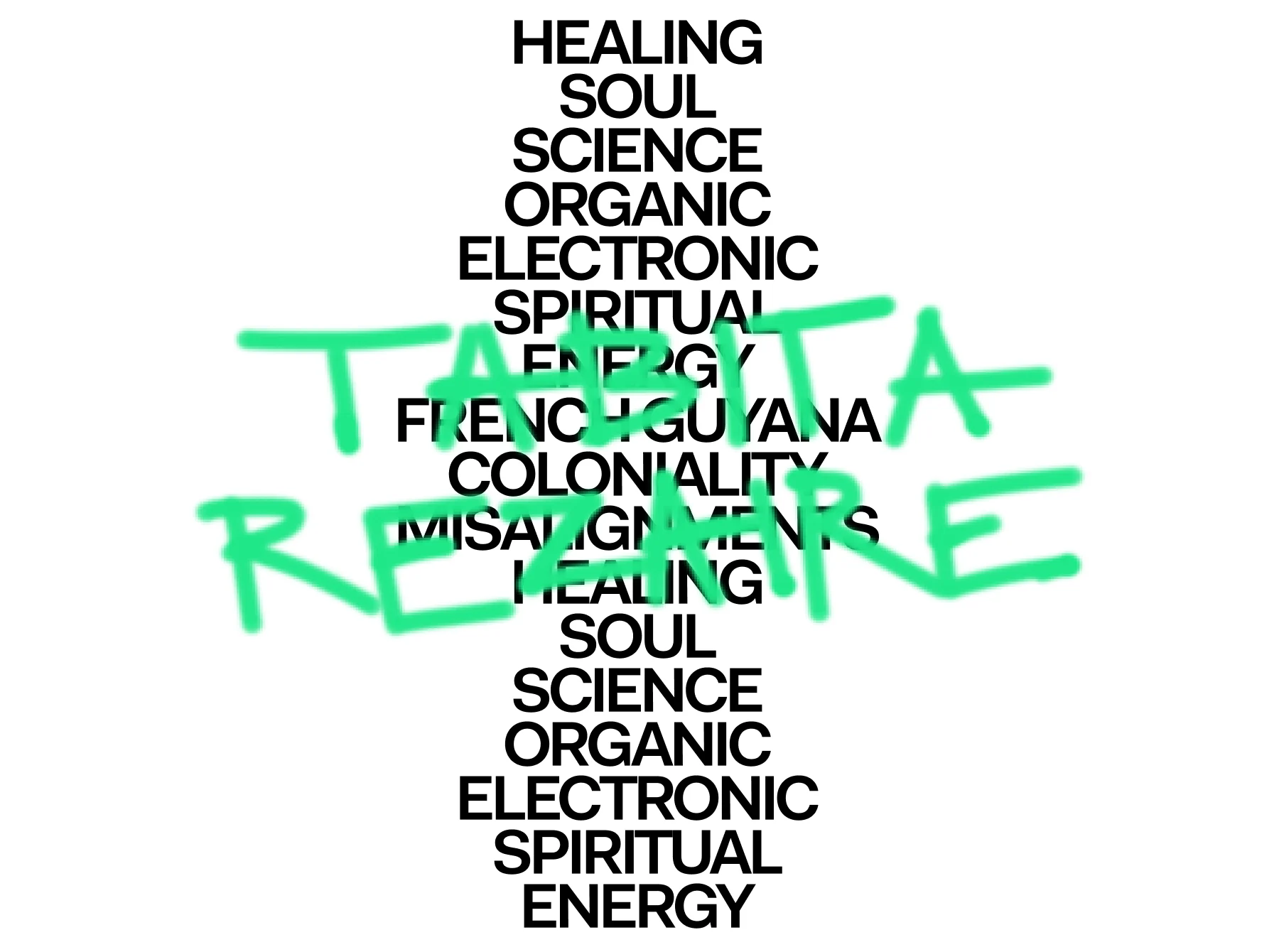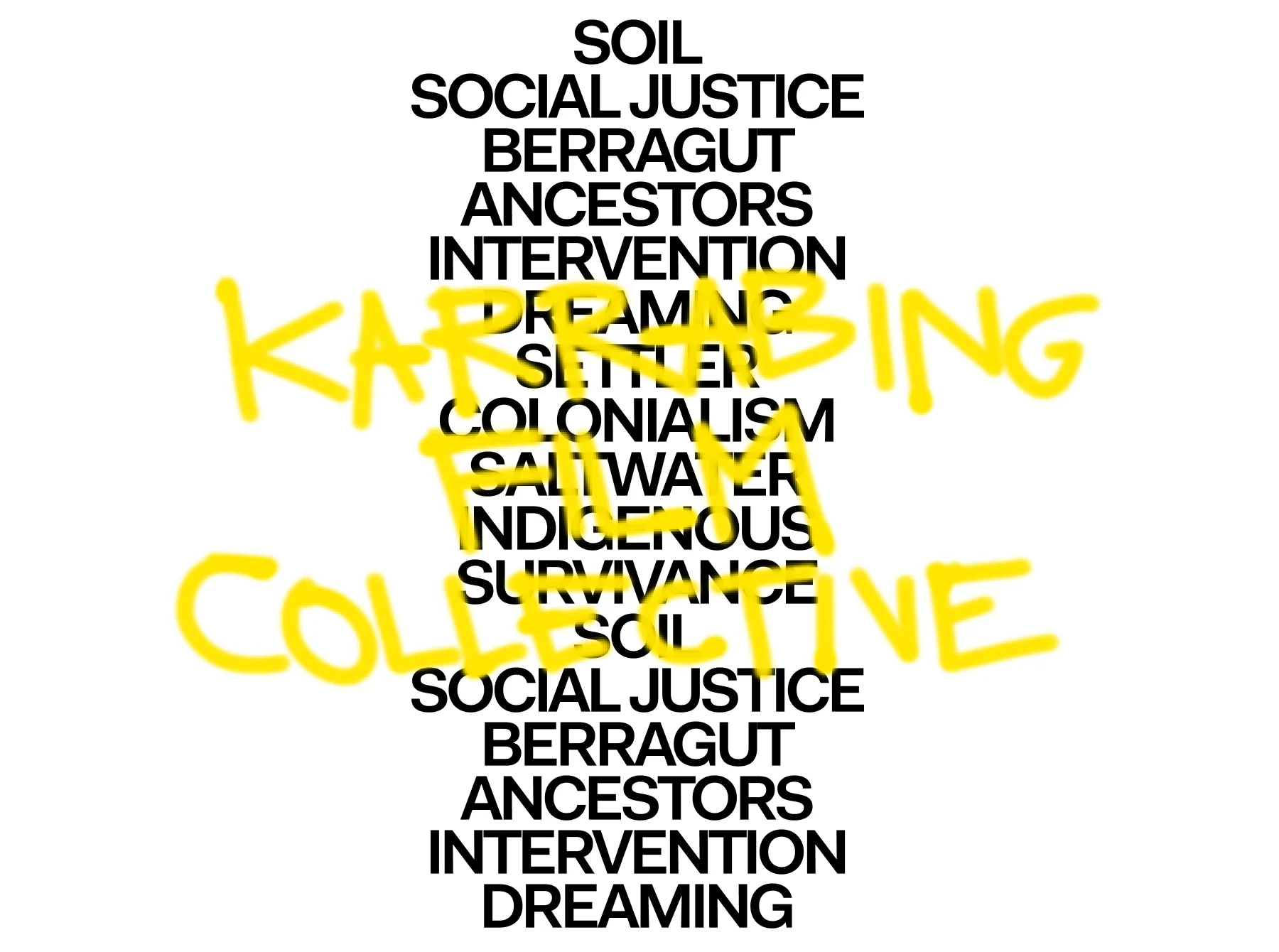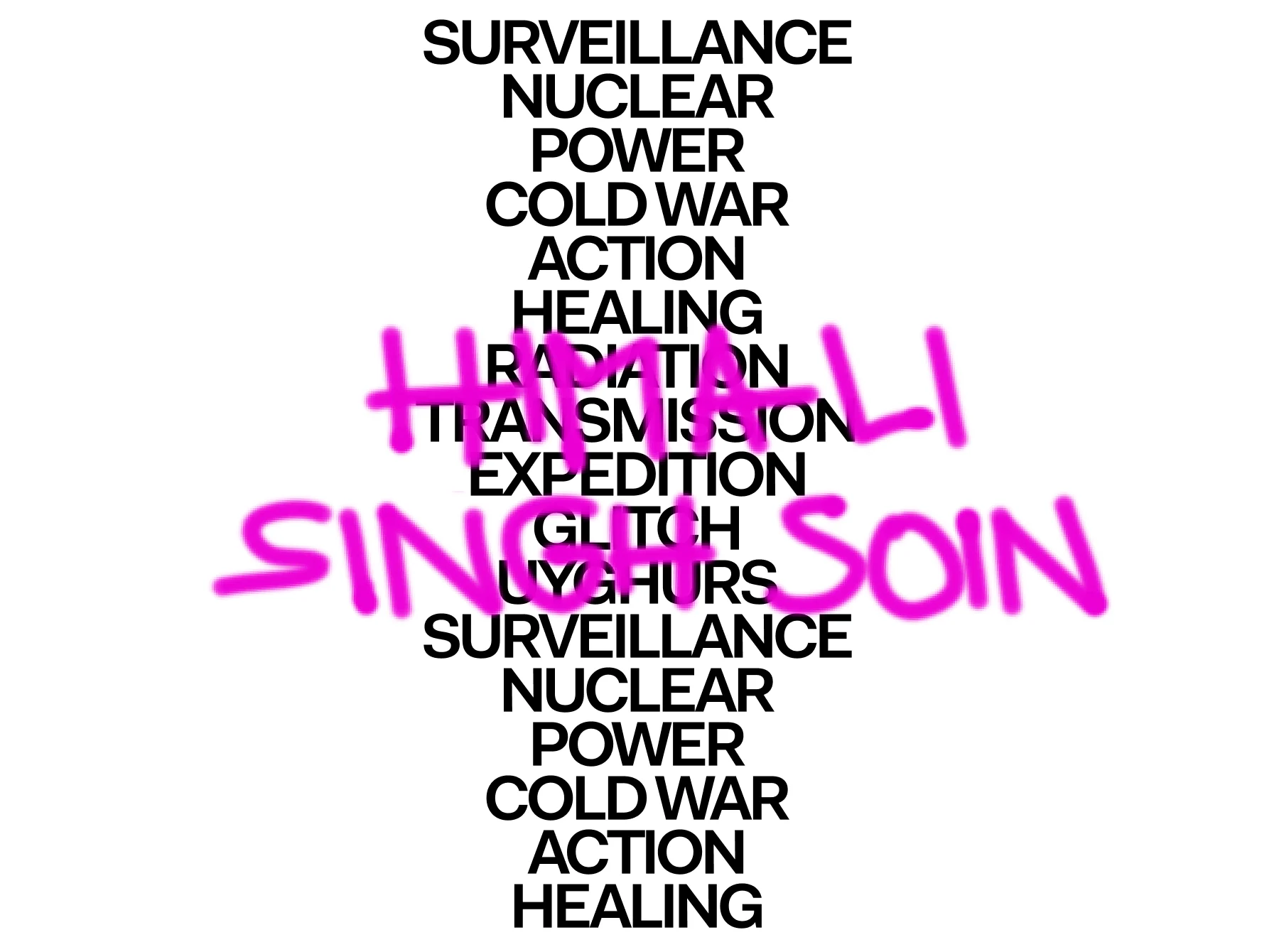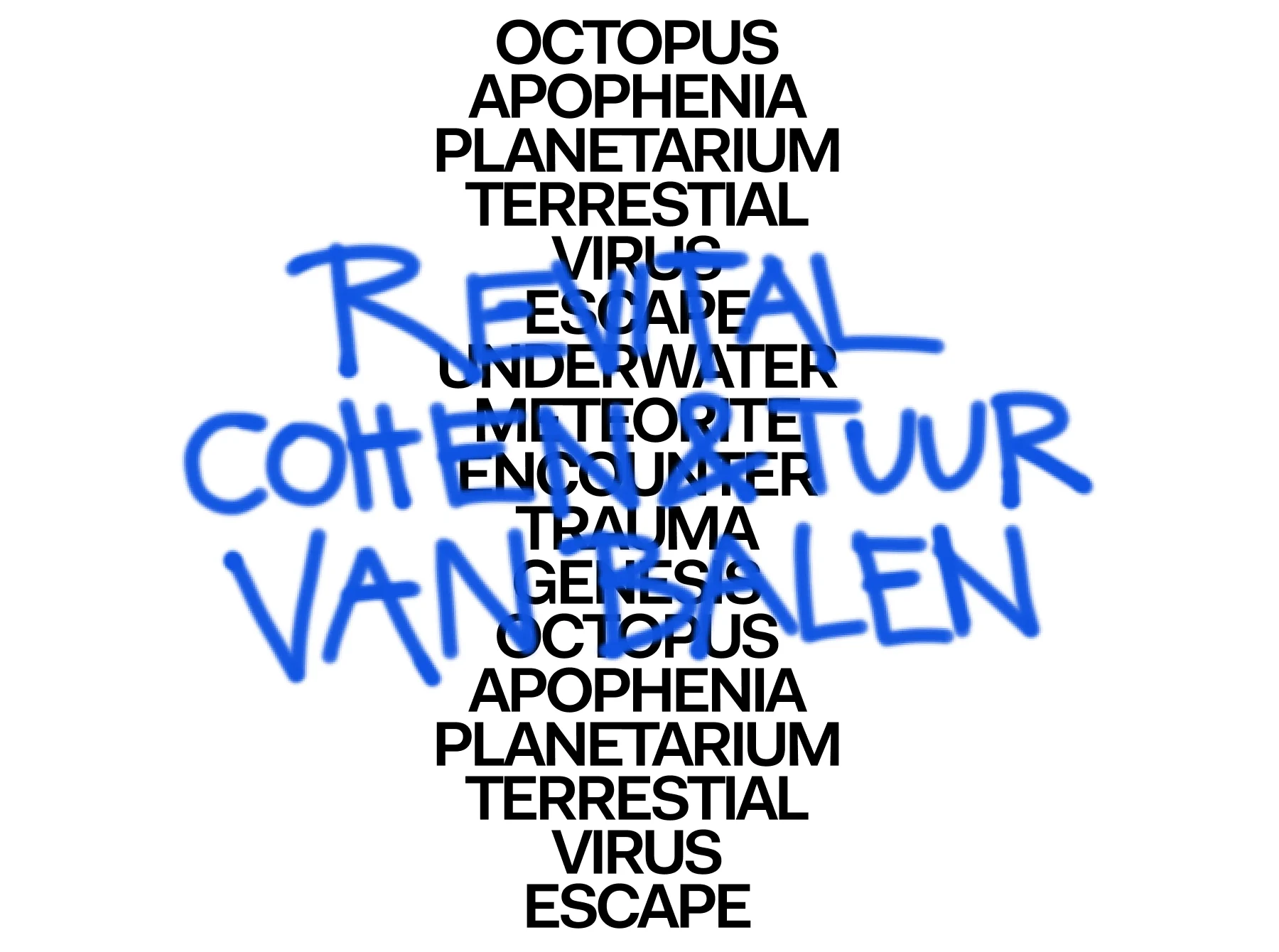

Vivienne Westwood’s name will forever be synonymous with her collections, but while she is still designing magnificent clothes, she is also a fierce environmental campaigner. Vivienne now uses her platform to advocate green policy and black sky thinking to the masses. Continuing her collaboration with the Serpentine for Back to Earth, she tells Ravi Ghosh why SWITCH is her loudest rallying cry.
Vivienne Westwood has chosen to highlight Cool Earth to support them in their work with rainforest communities to find the best ways to halt deforestation and tackle the climate crisis. In 2021, WeTransfer doubled all donations made to support their cause.
Vivienne Westwood’s campaign for Back to Earth specifically focuses on switching to green energy. Why? Because, in her words: “We’ve got 5 years to fix it.” Our attention now needs to shift to our homes, our businesses, our choices and to SWITCH to Green Energy. Is green energy just power? Is it worth thinking about? Vivienne’s campaign for Back to Earth leads us to think about both energy and power as a source, where does it come from, who has it and who can yield it?
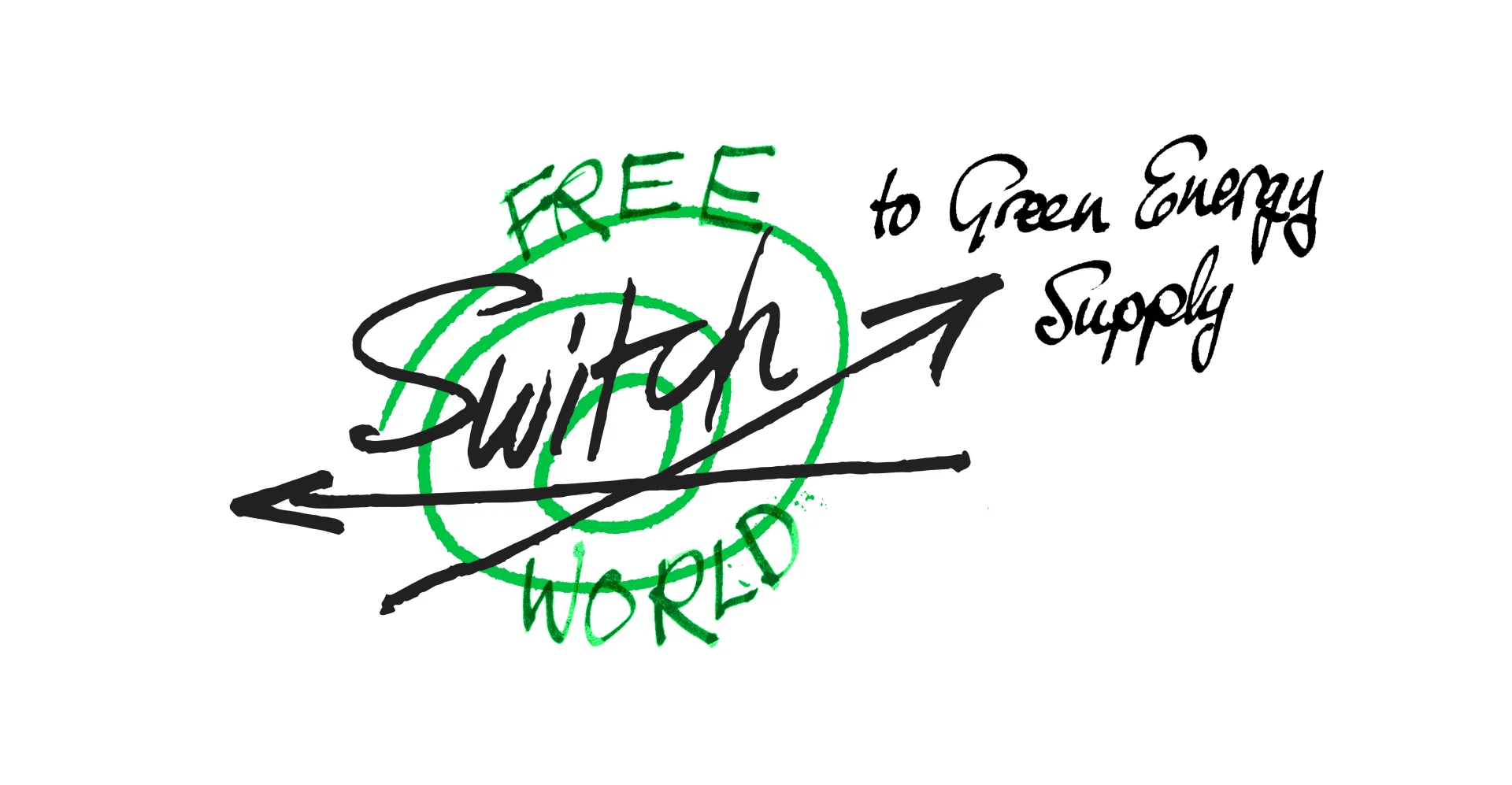

Vivienne Westwood has been banging the climate drum for nearly 30 years. Her goals remain as ambitious as ever – and now more and more people are listening. Energy usage needs to drop dramatically; what we do use needs to be produced using renewable sources; and natural reserves of carbon – in rainforests especially – need to be preserved and bolstered. There is an element of domino effect involved. The energy sector accounts for 73% of global greenhouse gas emissions generated by burning fossil fuels; using less energy and switching to solar, wind or hydropower can dramatically reduce this burden. Preserving rainforests and updating farming methods remove greenhouse gases from the atmosphere. A cycle of hope exists.
Each of these targets requires a different strategy. Vivienne’s Fashion Switch to Green has a simple objective: to persuade fashion brands to use renewable energy in their stores, offices, factories and supply chains. Christopher Raeburn, Oliver Spencer, Stella McCartney and others have already committed. Such campaigns are usually managed by politicians and non-for-profit agencies, and Switch is no different: Mayor of London' office were part of the launch, and the British Fashion Council have been involved since the project’s launch in 2017. But while governments favor long reviews before recommending change, Vivienne provides something they cannot – an unconstrained, often messy environmental vision which screams urgency to all those who encounter it.



Switching to renewable energy is not in itself a radical idea. In April 2017, the UK experienced its first coal-free day since the industrial revolution; a streak of 67 consecutive days then followed last year. Governments regularly consult on switching as part of wider green policy, but it is treated mostly as a consumer opportunity; officials maintain the public is still wary that meeting green targets will raise energy prices.
Given Vivienne’s long history of fighting for climate justice, it’s no surprise that her headline for this campaign is “Act Fast, Slow Down, Stop Climate Change.” Now she is calling for clear change: we must change our energy source, we must do it quickly, and then we must reflect on our behaviours to commit to and make long term difference. Vivienne is telling us we have to make changes now that will translate into a significant impact in the environmental effort. She is reminding us that the consumer has the agency.


Politicians are corrupt because they run the rip-off for the benefit of the 1%.
Recent UK government proposals cover a range of market interventions and financial incentives, such as “opt-in” and, eventually, “opt-out” switching of domestic energy providers. “Competition should be a spur to greater investment in technologies which are cheaper and more efficient,” they argue. The underlying faith is in market capitalism, rather than bold regulation, to reduce emissions.
This is where Vivienne disagrees. Her approach is more ambitious and holistic, informed by decades of anti-establishment thinking which now has little patience for policy doctrines. “We’ve run out of time and politicians are putting petrol on the fire,” she tells me. “Statistics and targets are not adequate: the next 10 years are crucial.” SWITCH is a direct challenge to token gestures and gradual change. But how did she get here? And what does her journey from punk to environmentalism tell us about the state of the climate response at this moment?



It all started with the publication of Rachel Carson’s groundbreaking book Silent Spring (1962), which “shocked the public and spread with the hippies!” Vivienne explains. The American marine biologist built an ominous case against widespread chemical use for pest and disease control, laying out their destructive ecological impact for all to see. It helped kickstart the environment movement proper; by 1970, 20 million people across the US were protesting planetary destruction on Earth Day, newly angered by the Santa Barbara oil spill a year earlier.
At the time, green activism focused on rainforest destruction and global heating, rather than the extinction-oriented movements of today. Vivienne’s politics concentrated on human rights, while creatively, she collaborated with Malcolm McLaren and dressed punk icons like the Sex Pistols.


We are the voice of the people.
For the next four decades, her label grew into an international powerhouse, winning her back-to-back Designer of the Year at the British Fashion Awards in the early ‘90s. “Soon after the millennium, I read an interview by British scientist James Lovelock and went into complete trauma when he said by the end of this century there would only be 1 billion people left,” Vivienne recounts bluntly.
In the years that followed, Vivienne began to focus her attention on activism, presenting Active Resistance to Propaganda at the Serpentine’s Manifesto Marathon in 2008. In the extended performance piece, the designer made public her critique of the profit-at-all-costs ethos which has become the bedrock of her politics.

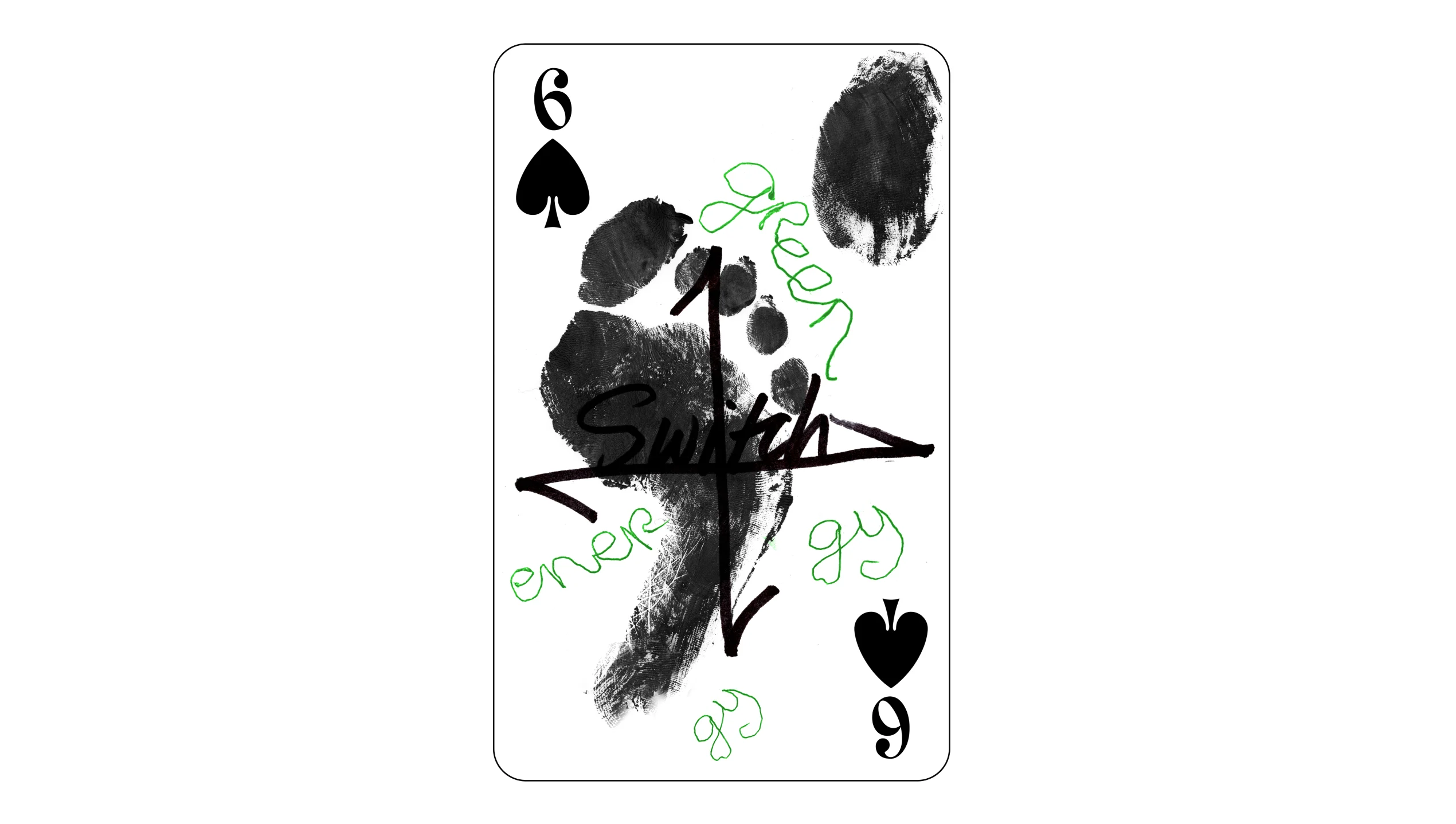

These years represent a time of collaboration rather than upheaval. Initiatives like the Vivienne Westwood Ethical Fashion Initiative Collection, in collaboration with the Ethical Fashion Initiative of the International Trade Centre, for which Vivienne first designed bags in 2010, allowed support the work of thousands of micro-producers from marginalized African communities.
At a Vivienne Westwood catwalk show in London two years later, Vivienne issued a Climate Revolution Charter to attendees. “Assert the connection between the climate crisis and the economic crisis,” it read. “Engage in art and culture (Get off the consumer treadmill; discriminate, don’t suck up.)” Increasingly politicised, she threw her support behind the Green Party at the UK’s 2015 general election and, with Greenpeace, launched a campaign against Arctic drilling and industrial fishing.




You can never achieve zero carbon footprint for clothes, but maybe we can compensate it through an advanced custodianship of the land.”
Vivienne’s outlook is now more openly radical, taking the idealism of 20th Century grassroots movements and combining it with hard-hitting messages in the spirit of Extinction Rebellion. The result is a philosophy that seems to borrow from socialism and anarchism as well as environmentalism. NO MANS LAND is one such example: the idea that land ownership is the root of capitalist exploitation. “The source of all wealth is land and whoever owns land controls the economy,” Vivienne explains. “This is a corrupt economy based on unfair distribution of wealth.” Her blog of the same name acts as a forum for diary entries and public letter exchanges with supporters and partners like Cool Earth, where these sentiments are shared across pithy, playful formats. These sit alongside other political causes, some more contentious than climate breakdown, but which feed into Vivienne’s wider sense of social justice.


NO MANS LAND extends to natural resources, arguably the dominant cause of major conflicts in Vivienne’s lifetime. “The industrial revolution was run on fossil fuel which is finite,” she says. “Overconsumption, leading to abuse of land and labor, ends as runaway debt. Politicians are corrupt because they run the rip-off for the benefit of the 1%.” Suddenly her pacifist and environmental politics appear much more interconnected. It all culminates in the NO MANS LAND Manifesto, a colorful, DIY-style pamphlet synthesising Vivienne’s environmental philosophy over the last decade. It’s a combination of archival images, scrawled slogans and wandering, symbol-laden text, drawing inspiration from a pack of playing cards – “a whole strategy to save the world from climate change and financial crash,” Vivienne says. The manifesto begins with a call-to-arms for free and impartial information for all. “The best way to pacify the General Public and keep them complaisant is to limit information,” it warns. Then comes a condemnation of capitalism, “corrupt as a rotten apple,” and for which “we have to hope there is an alternative.”
“Stop Arms Production!” and “Stop subsidy 2 industrial fishing” are highlighted in a bold red type, while the back page extends James’ prediction that set Vivienne’s climate activism in motion: “1 billion people alive end 21st Century. After that ☠︎ by methane bombs.” The playing cards represent the many crises facing humanity, but also a strategic solution. The plan is to print a million packs to raise money for climate charities and NGOs. The Spades Joker embraces spiritualism and “No planet B,” a phrase coined by former UN general secretary Ban Ki-Moon in 2013 to describe the urgency of climate breakdown. King of Hearts features a headshot of Vivienne wearing broken sunglasses carrying a sign: “KING MOB” it says: “Press turn people against e’other.”

Halt climate change, stop war, save the rainforest, save the ocean.
Vivienne has been sure to set her own house in order too. All clothing collections are now 50% smaller than three years ago, with her focus now “Buy Less, Choose Well, Make It Last.” The “Our Approach” page on the brand’s website is split into three familiar areas: “Quality v Quantity; Gaia; Arts & Culture.” A long list of material and sourcing pledges follows: on cotton, fur, plastic, wool and many more. “You can never achieve zero carbon footprint for clothes,” she says. “But maybe we can compensate it through an advanced custodianship of the land.”


Where does SWITCH fit in? It’s not revolutionary as such, but like Gaia, Vivienne’s activism is best understood as a wider ecology: extreme, disruptive tactics have to be balanced with dialogue and targeted campaigning. Vivienne carries the responsibility of an early warning system with her. “We have to get it working and eventually the politicians will have to come on board,” she says. Fighting on as many fronts as possible. Strength in numbers; strength in range. “We are the voice of the people,” she declares. “Halt climate change, stop war, save the rainforest, save the ocean. Create a movement, be part of the conversation and the solution, see what can happen after you decide to SWITCH.”

Explore more
G
Gov.UK, Department for Business, Energy & Industrial Strategy. Energy white paper: Powering our net zero future (2020)
L
Julie’s Bicycle, SWITCH to green energy. Information Sheet. 18-02-2021 (2021)
V
Vivienne Westwood, NO MANS LAND manifesto (2021)
Vivienne Westwood, Our approach, Vivienne Westwood website (2021)
Vivienne Westwood, Save the World, The Big Picture., YouTube playlist (2021)
Vivienne Westwood, Brazilian Embassy Extinction Rebellion, YouTube video. Embassy of Brazil, London, UK (2019)

Groundwork is a collaboration between the Serpentine and WePresent. It explores the extensive research behind five artists’ proposals for Back To Earth, Serpentine’s multi-year project focused on instigating change in response to the climate crisis.
Groundwork will act as a series of accessible mini-encyclopaedias with all the references artists use to develop a final artwork. They will go behind-the-scenes on the research the artists have done as part of their project for Back to Earth, in a bid to reveal their processes and inform how the viewer might see the project as a whole when completed. It will involve diving deep into the research of artists such as Revital Cohen & Tuur Van Balen, Vivienne Westwood, Karrabing Film Collective, Himali Singh Soin and Tabita Rezaire.
As part of her project and dedication to urge people to SWITCH to green energy, Vivienne Westwood has chosen to highlight Cool Earth to support them in their work with rainforest communities to find the best ways to halt deforestation and tackle the climate crisis. In 2021, WeTransfer doubled all donations made to support their cause.
Back to Earth is curated and produced by Rebecca Lewin, Hans Ulrich Obrist, Jo Paton, Lucia Pietroiusti, Holly Shuttleworth and Kostas Stasinopoulos.


